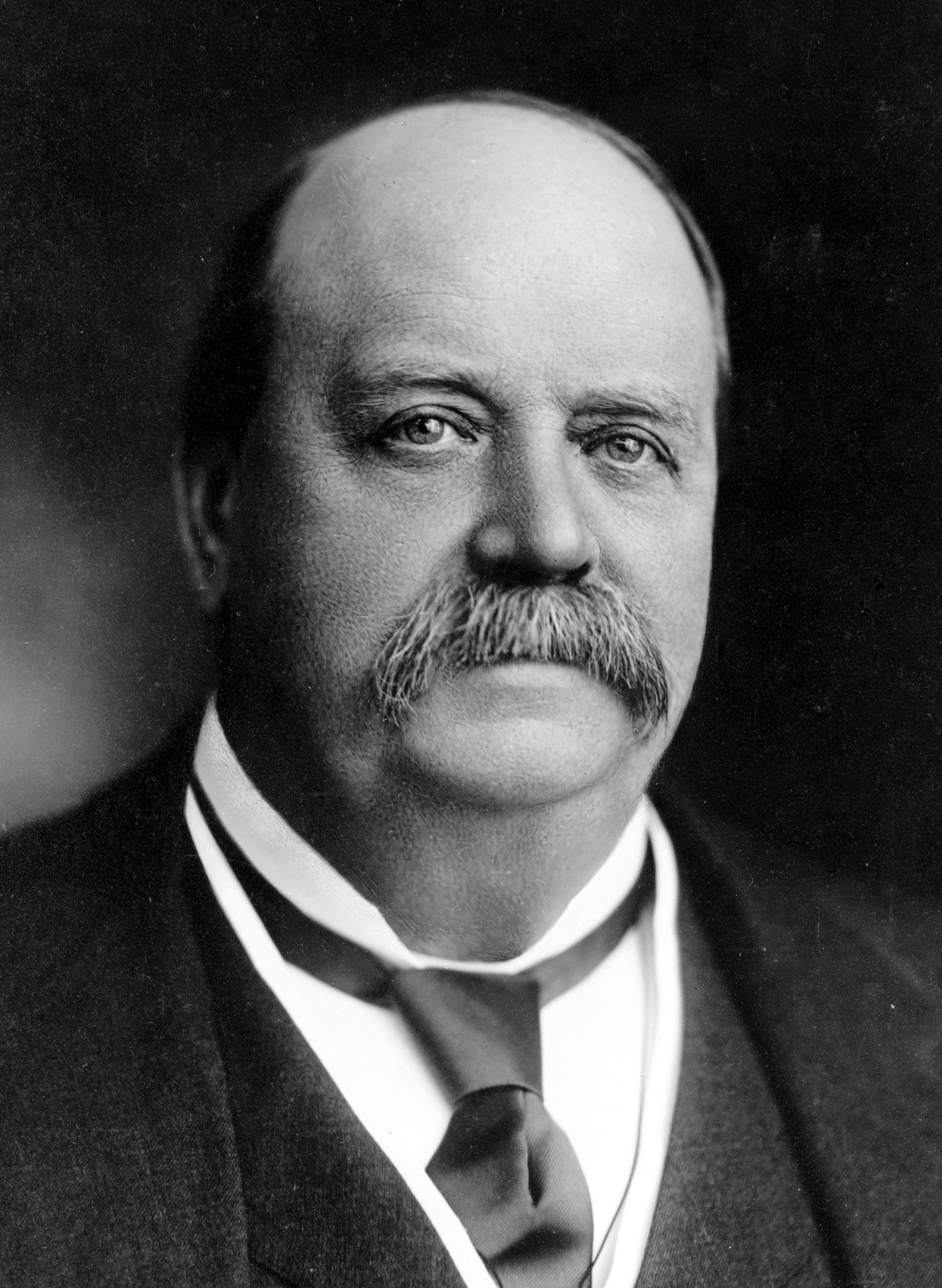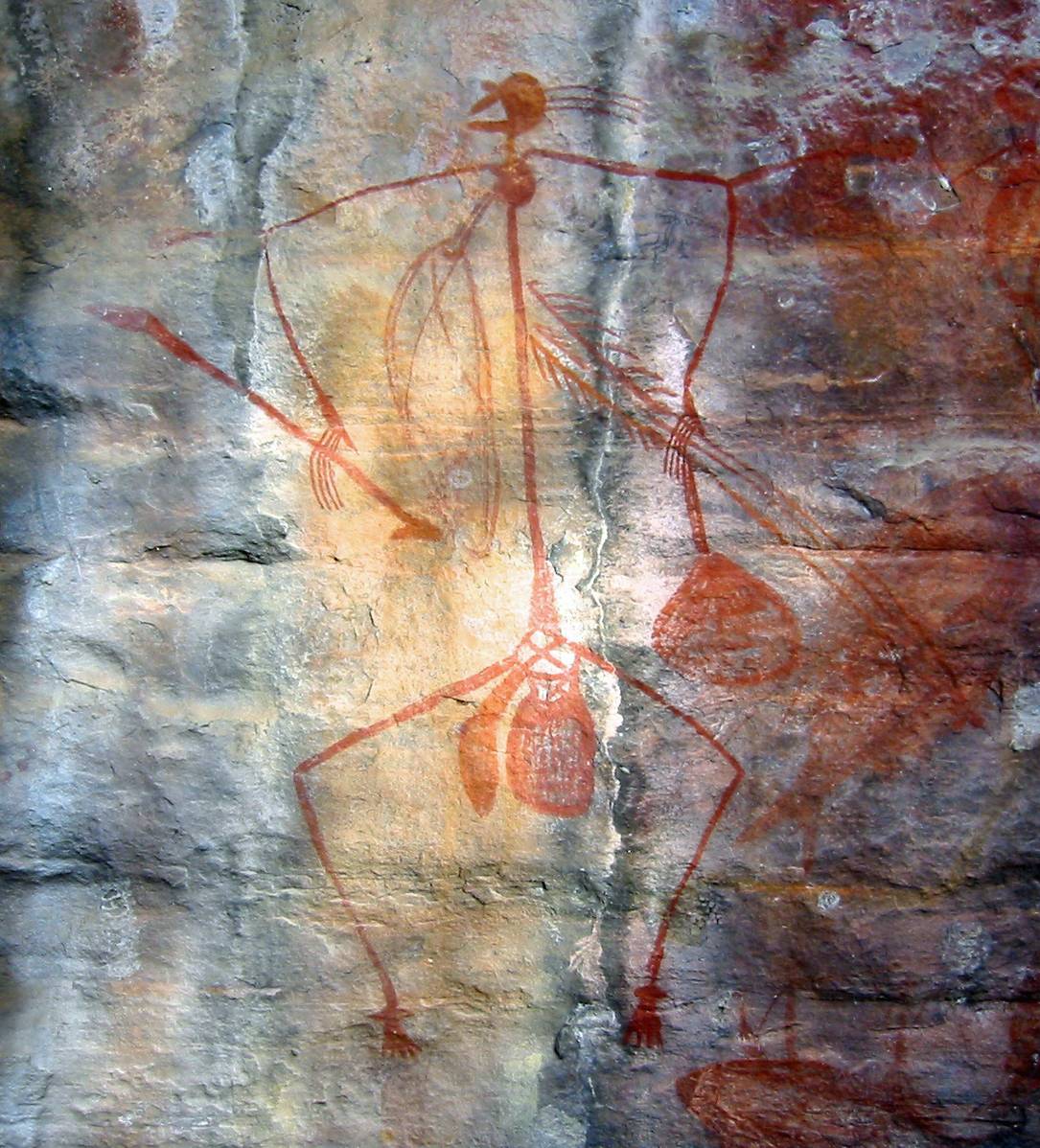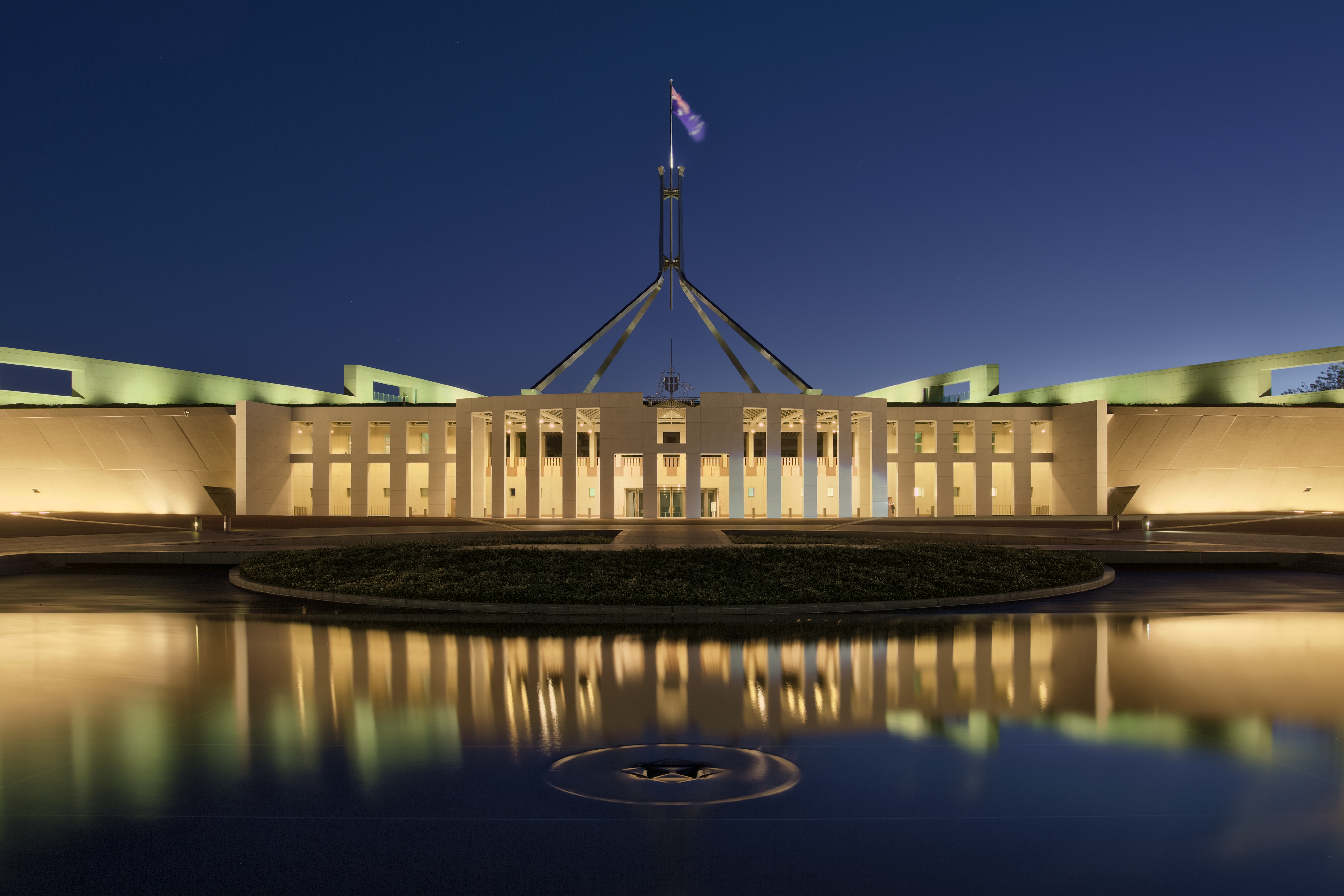|
1946 Australian Referendum (Social Services)
The ''Constitution Alteration (Social Services) Bill 1946'', was a successful proposal to alter the Australian Constitution to give the Commonwealth power over a range of social services. The question was put to a referendum in the 1946 Australian referendum with two other (unrelated) questions. It was carried and inserted into section 51 of the Australian Constitution. Question ''Do you approve of the proposed law for the alteration of the Constitution entitled 'Constitution Alteration (Social Services) 1946'?'' Section 51 of the Australian Constitution grants the commonwealth legislative power. Prior to this amendment the only social services provision was s51(xxiii) that gave power to legislate for invalid and old-age pensions. The proposal was to introduce s51(xxiiiA), which reads:. (xxiiiA) the provision of maternity allowances, widows' pensions, child endowment, unemployment, pharmaceutical, sickness and hospital benefits, medical and dental services (but not so as to auth ... [...More Info...] [...Related Items...] OR: [Wikipedia] [Google] [Baidu] |
Australian Constitution
The Constitution of Australia (or Australian Constitution) is a constitutional document that is supreme law in Australia. It establishes Australia as a federation under a constitutional monarchy and outlines the structure and powers of the Australian government's three constituent parts, the executive, legislature, and judiciary. The constitution was drafted between 1891 and 1898, through a series of conventions conducted by representatives of the six self-governing British colonies in Australia. The final draft was then approved in a set of referendums from 1898 to 1900. The British government objected to some elements of the final draft, but a slightly modified form was enacted as section 9 of the ''Commonwealth of Australia Constitution Act 1900'', an act of the Parliament of the United Kingdom. The act was given royal assent on 9 July 1900, was proclaimed on 17 September 1900, and entered into force on 1 January 1901. The constitution gave the six colonies the status ... [...More Info...] [...Related Items...] OR: [Wikipedia] [Google] [Baidu] |
Leader Of The Opposition (Australia)
In Australian federal politics, the Leader of the Opposition is an elected member of parliament (MP) in the Australian House of Representatives who leads the opposition. The Leader of the Opposition, by convention, is the leader of the largest political party in the House of Representatives that is not in government. When in parliament, the opposition leader sits on the left-hand side of the centre table, in front of the opposition and opposite the prime minister. The opposition leader is elected by his or her party according to its rules. A new leader of the opposition may be elected when the incumbent dies, resigns, or is challenged for the leadership. Australia is a constitutional monarchy with a parliamentary system and is based on the Westminster model. The term "opposition" has a specific meaning in the parliamentary sense. It is an important component of the Westminster system, with the opposition directing criticism at the government and attempts to defeat and repla ... [...More Info...] [...Related Items...] OR: [Wikipedia] [Google] [Baidu] |
Pension Referendums
A pension (, from Latin ''pensiō'', "payment") is a fund into which a sum of money is added during an employee's employment years and from which payments are drawn to support the person's retirement from work in the form of periodic payments. A pension may be a "defined benefit plan", where a fixed sum is paid regularly to a person, or a "defined contribution plan", under which a fixed sum is invested that then becomes available at retirement age. Pensions should not be confused with severance pay; the former is usually paid in regular amounts for life after retirement, while the latter is typically paid as a fixed amount after involuntary termination of employment before retirement. The terms "retirement plan" and "superannuation" tend to refer to a pension granted upon retirement of the individual. Retirement plans may be set up by employers, insurance companies, the government, or other institutions such as employer associations or trade unions. Called ''retirement plans'' ... [...More Info...] [...Related Items...] OR: [Wikipedia] [Google] [Baidu] |
Amendments To The Constitution Of Australia
Chapter VIII of the Constitution of Australia contains only section 128 describing the constitutional referendum process required for amendments of the Constitution. The amendment by referendum method described in the section was modelled on provisions in the Swiss Federal Constitution. Its inclusion was influenced also by the Swiss method being present in the constitutions of several U.S. states at the time of federation. Summary The section stipulates that the constitution may only be amended by referendum, and describes the referendum process. The process A bill containing the change must be passed by the Commonwealth parliament. This bill must be passed by an absolute majority in both houses. If one house passes the bill containing the proposed change while the other refuses, it may attempt to pass the bill again. If the second house again refuses to pass it, the Governor-General (presumably on the advice of the Prime Minister) may still submit the proposed change fo ... [...More Info...] [...Related Items...] OR: [Wikipedia] [Google] [Baidu] |
1946 Referendums
Events January * January 6 - The 1946 North Vietnamese parliamentary election, first general election ever in Vietnam is held. * January 7 – The Allies recognize the Austrian republic with its 1937 borders, and divide the country into four Allied-occupied Austria, occupation zones. * January 10 ** The first meeting of the United Nations is held, at Methodist Central Hall Westminster in London. ** ''Project Diana'' bounces radar waves off the Moon, measuring the exact distance between the Earth and the Moon, and proves that communication is possible between Earth and outer space, effectively opening the Space Age. * January 11 - Enver Hoxha declares the People's Republic of Albania, with himself as prime minister of Albania, prime minister. * January 16 – Charles de Gaulle resigns as head of the Provisional Government of the French Republic, French provisional government. * January 17 - The United Nations Security Council holds its first session, at Church House, Westmin ... [...More Info...] [...Related Items...] OR: [Wikipedia] [Google] [Baidu] |
1946 In Australia
The following lists events that happened during 1946 in Australia. Incumbents *Monarch – George VI *Governor-General – Prince Henry, Duke of Gloucester *Prime Minister – Ben Chifley * Chief Justice – Sir John Latham State Premiers *Premier of New South Wales – William McKell *Premier of Queensland – Frank Cooper (until 7 March), then Ned Hanlon *Premier of South Australia – Thomas Playford IV *Premier of Tasmania – Robert Cosgrove *Premier of Victoria – John Cain *Premier of Western Australia – Frank Wise State Governors *Governor of New South Wales – Sir John Northcott (from 1 August) *Governor of Queensland – Sir Leslie Orme Wilson (until 23 April), then Sir John Lavarack (from 1 October) *Governor of South Australia – Sir Charles Norrie *Governor of Tasmania – Sir Hugh Binney *Governor of Victoria – Sir Winston Dugan *Governor of Western Australia – ''none appointed'' Events * 26 January – ''Foundation Day'' is renamed Australia Da ... [...More Info...] [...Related Items...] OR: [Wikipedia] [Google] [Baidu] |
1967 Australian Referendum (Aboriginals)
The second question of the 1967 Australian referendum of 27 May 1967, called by the Holt Government, related to Indigenous Australians. Voters were asked whether to give the Federal Government the power to make special laws for Indigenous Australians in states, and whether in population counts for constitutional purposes to include all Indigenous Australians. The term "the Aboriginal Race" was used in the question. Technically the referendum question was a vote on the Constitution Alteration (Aboriginals) Bill 1967 that would amend section 51(xxvi) and repeal section 127. The amendments to the Constitution were overwhelmingly endorsed, winning 90.77% of votes cast and having majority support in all six states. The Bill became an Act of Parliament on 10 August 1967. Background In 1901, the Attorney-General Alfred Deakin provided a legal opinion on the meaning of section 127 of the Constitution. Section 127 excluded "aboriginal natives" from being counted when reckoning t ... [...More Info...] [...Related Items...] OR: [Wikipedia] [Google] [Baidu] |
1928 Australian Referendum (State Debts)
The ''Constitution Alteration (State Debts) Bill'' 1928, was approved by referendum on 17 November 1928. The amendment to the Australian constitution concerned financial relations between the Commonwealth of Australia and the Australian states. It became law on 13 February 1929. The purpose was to ensure the constitutionality of the Financial Agreement, which had been reached by the federal and all state governments in 1927. The agreement discontinued the per-capita payments system that had existed since 1910 and restricted the borrowing rights of the states by subjecting such borrowing to control by a Loan Council. The referendum was held in conjunction with the 1928 federal election. Overview The financial relations between the Commonwealth of Australia and the states worsened during the 1920s. A financial settlement between the governments in 1910 had introduced "per capita grants", whereby each state received annual grants from the commonwealth of 25 shillings ($2.50) per ... [...More Info...] [...Related Items...] OR: [Wikipedia] [Google] [Baidu] |
Constitution Of Australia
The Constitution of Australia (or Australian Constitution) is a written constitution, constitutional document that is Constitution, supreme law in Australia. It establishes Australia as a Federation of Australia, federation under a constitutional monarchy and outlines the structure and powers of the Australian government's three constituent parts, the Government of Australia, executive, Parliament of Australia, legislature, and Judiciary of Australia, judiciary. The constitution was drafted between 1891 and 1898, through a series of Constitutional Convention (Australia), conventions conducted by representatives of the six self-governing British colonies in Australia. The final draft was then approved in a 1898–1900 Australian constitutional referendums, set of referendums from 1898 to 1900. The British government objected to some elements of the final draft, but a slightly modified form was enacted as section 9 of the ''Commonwealth of Australia Constitution Act 1900'', an Ac ... [...More Info...] [...Related Items...] OR: [Wikipedia] [Google] [Baidu] |
Parliamentary Library Of Australia
The Parliamentary Library of Australia (or Commonwealth Parliamentary Library) is the library of the Parliament of Australia, administered by its Department of Parliamentary Services. It provides library services to elected officials, namely members of the Senate and House of Representatives, as well as their staff, parliamentary committees, the Governor-General of Australia, and the staff of parliamentary departments. History The library was established in 1901, the year of the federation of the Commonwealth of Australia. Control of the new library was controversial as the fledgling parliament was located in Melbourne where the Victorian premier and the library committee of the State Library of Victoria sought to influence the control and management of the library. From 1923 the library used two names describing the two roles and two collections ''Commonwealth Parliament Library'' which designated the parliamentary collection and ''Commonwealth National Library'' to designate th ... [...More Info...] [...Related Items...] OR: [Wikipedia] [Google] [Baidu] |
History Of Australia
The history of Australia is the story of the land and peoples of the continent of Australia. People first arrived on the Australian mainland by sea from Maritime Southeast Asia between 50,000 and 65,000 years ago, and penetrated to all parts of the continent, from the rainforests in the north, the deserts of the centre, and the sub-Antarctic islands of Tasmania and Bass Strait. The artistic, musical and spiritual traditions they established are among the longest surviving such traditions in human history. The first Torres Strait Islanders – ethnically and culturally distinct from the Aboriginal people – arrived from what is now Papua New Guinea around 2,500 years ago, and settled in the islands of the Torres Strait and the Cape York Peninsula forming the northern tip of the Australian landmass. The first known landing in Australia by Europeans was in 1606 by Dutch navigator Willem Janszoon. Later that year, Spanish explorer Luís Vaz de Torres sailed through, and navig ... [...More Info...] [...Related Items...] OR: [Wikipedia] [Google] [Baidu] |
Politics Of Australia
The politics of Australia take place within the framework of a federal parliamentary constitutional monarchy. Australia has maintained a stable liberal democratic political system under its Constitution, one of the world's oldest, since Federation in 1901. Australia is the world's sixth oldest continuous democracy and largely operates as a two-party system in which voting is compulsory. Australia is also a federation, where power is divided between the federal government and the states and territories. The federal government is separated into three branches: File:Au_gov_chart.svg, center, 640px, Structure of the Government of Australia, alt=A high level diagram of the structure of the Government of Australia, the three branches, legislative, executive, and judicial. rect 575 6 1175 56 Constitution of Australia rect 575 191 1175 241 Governor General of Australia rect 125 341 425 391 Legislative Branch rect 725 341 1025 391 Executive Branch rect 1325 341 1625 391 Judic ... [...More Info...] [...Related Items...] OR: [Wikipedia] [Google] [Baidu] |





.jpg)

